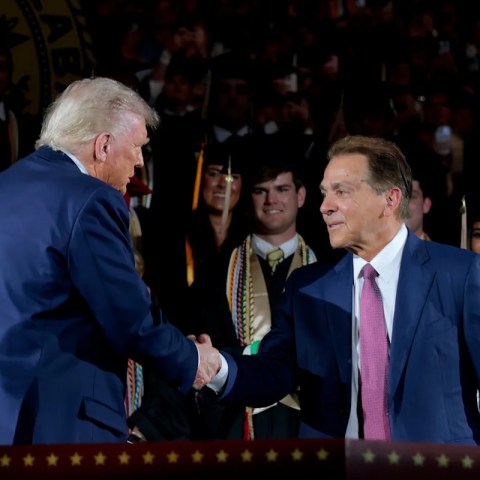Brazil’s environmental budget has seen a remarkable turnaround. After hitting a low of about $680 million in 2022, it surged to around $3 billion in 2024. That’s a whopping 4.35-fold increase over two years! This budget spans a range of crucial areas, including monitoring, wildfire management, conservation, and programs aimed at Indigenous communities.
During a recent UN General Assembly, President Luiz Inácio Lula da Silva announced that Brazil will contribute $1 billion to a new international fund for tropical forests. This move shows Brazil’s intention to lead the charge as it prepares to host COP30 in November 2025 in Belém, Pará.
Deforestation Decline Amid Rising Fires
Good news is on the horizon. The Prodes satellite system reported a 30.6% decrease in Amazon deforestation in 2024, dropping to 6,288 km² from 9,064 km² in 2023. It’s the lowest level since 2018, indicating that enforcement is improving.
However, wildfires still pose a significant risk. INPE has noted unusually high wildfire numbers this year, primarily due to severe drought and El Niño effects. Experts highlight that fire risk is influenced by more than enforcement; climate conditions also play a vital role.
What Is Environmental Management?
In Brazil’s budget, Environmental Management encompasses various climate and environmental programs. This includes licensing, monitoring, and socio-environmental policies. According to Adriana Pinheiro from Observatório do Clima, this budget section is strategic. She explains, “It helps visualize the broader environmental landscape, covering sanitation and water resources as well.”
Compared to past administrations, Lula’s government has significantly boosted environmental funding, averaging $1.9 billion in 2023 and 2024, up from only $835 million under Bolsonaro.
Challenges in Enforcement and Staffing
Despite the budget increases, enforcement remains a concern. The Brazilian Institute of Environment and Renewable Natural Resources (Ibama) and ICMBio, responsible for much of the enforcement, still face staffing gaps. From approximately 1,800 field agents in 2009, Ibama’s numbers dwindled to just 771 by mid-2025. This drop has led to a 55% decline in infractions reported from 2010 to 2021.
“It’s not just about dollars,” Pinheiro cautions. “We also need skilled workers and better coordination among federal, state, and local teams.” Each ecosystem has unique needs, and without proper support, gains may not last.
A Call for Stable Climate Policy
According to Observatório do Clima, it’s crucial to treat environmental policies as applicable across different governments. “The environment and climate need to be a national priority,” Pinheiro states. The organization suggests safeguarded budget allocations for climate initiatives, continuous recruitment for technical roles, and stronger enforcement capabilities to ensure penalties are applied effectively.
Another focus should be promoting a “standing forest economy.” This means developing sustainable practices that benefit both the economy and the ecosystem. As Pinheiro puts it, “We must shift away from deforestation and prioritize conservation. That requires reliable funding and strong institutions to support it.”
Ultimately, Brazil’s path forward in environmental management will hinge on maintaining consistency in policy and actions, ensuring that the gains made aren’t just temporary but part of a long-term plan for sustainability.




![Pushpa 2 Full Movie Collection: Pushpa 2 box office collection day 14 [updated live]: Allu Arjun and Rashmika Mandanna’s collects 975 cr by 2nd Thursday morning; to join elusive 1000 crore club soon – Newz9 Pushpa 2 Full Movie Collection: Pushpa 2 box office collection day 14 [updated live]: Allu Arjun and Rashmika Mandanna’s collects 975 cr by 2nd Thursday morning; to join elusive 1000 crore club soon – Newz9](https://i2.wp.com/static.toiimg.com/thumb/msid-116464525,imgsize-70816,width-400,resizemode-4/116464525.jpg?w=480&resize=480,480&ssl=1)

















